Richard Todd
The British actor who played dashing roles
Richard Todd
1919–2009
“Small and slightly built, Richard Todd was an actor of limited range,” said the London Times. “But his likable personality and youthful good looks made him ideal for clean-cut heroes.” Ian Fleming liked Todd so much that he favored him over Sean Connery to play James Bond in the first 007 thriller, Dr. No, but he lost the part because of a scheduling issue.
The Week
Escape your echo chamber. Get the facts behind the news, plus analysis from multiple perspectives.

Sign up for The Week's Free Newsletters
From our morning news briefing to a weekly Good News Newsletter, get the best of The Week delivered directly to your inbox.
From our morning news briefing to a weekly Good News Newsletter, get the best of The Week delivered directly to your inbox.
Born into an Anglo-Irish family in Dublin, Todd studied at the Italia Conti Academy, a London drama school. When World War II broke out, he immediately enlisted. With the 9th Parachute Battalion, he landed in France on D-Day and helped relieve the forces that had seized the Pegasus Bridge near Caen. After the war, he established himself on stage and in film, earning an Oscar nomination for Best Supporting Actor in The Hasty Heart (1949). After portraying a suspected murderer in Alfred Hitchcock’s Stage Fright (1950), said the London Daily Telegraph, he pursued “swashbuckling heroics in Disney’s The Story of Robin Hood and His Merrie Men (1952), The Sword and the Rose (1953), and Rob Roy, the Highland Rogue (1954), all of which served only to prove Todd was no Errol Flynn.”
Todd was best remembered as a straightforward action figure in war films, including The Dam Busters (1955), said The New York Times. The film was based on the actual story of Royal Air Force Squadron 617, “which in daring wartime raids used specialized ‘bouncing’ bombs to demolish strategic German dams.” His most personal role was in The Longest Day (1962) as Maj. John Howard, “the British officer who in the predawn hours of D-Day led the glider-borne seizure of Pegasus Bridge”—the very target that Todd had been assigned in real life 18 years before. He was given the chance to play himself but declined: “I did not do anything special that would make a good sequence.”
Todd later set a London theater record for the largest number of consecutive performances by a leading actor in a dramatic role, playing the seedy, manipulative “Mr. Stone” in The Business of Murder more than 2,500 times over seven years in the 1980s.
A free daily email with the biggest news stories of the day – and the best features from TheWeek.com
-
 Heavenly spectacle in the wilds of Canada
Heavenly spectacle in the wilds of CanadaThe Week Recommends ‘Mind-bending’ outpost for spotting animals – and the northern lights
-
 Facial recognition: a revolution in policing
Facial recognition: a revolution in policingTalking Point All 43 police forces in England and Wales are set to be granted access, with those against calling for increasing safeguards on the technology
-
 Codeword: December 14, 2025
Codeword: December 14, 2025The daily codeword puzzle from The Week
-
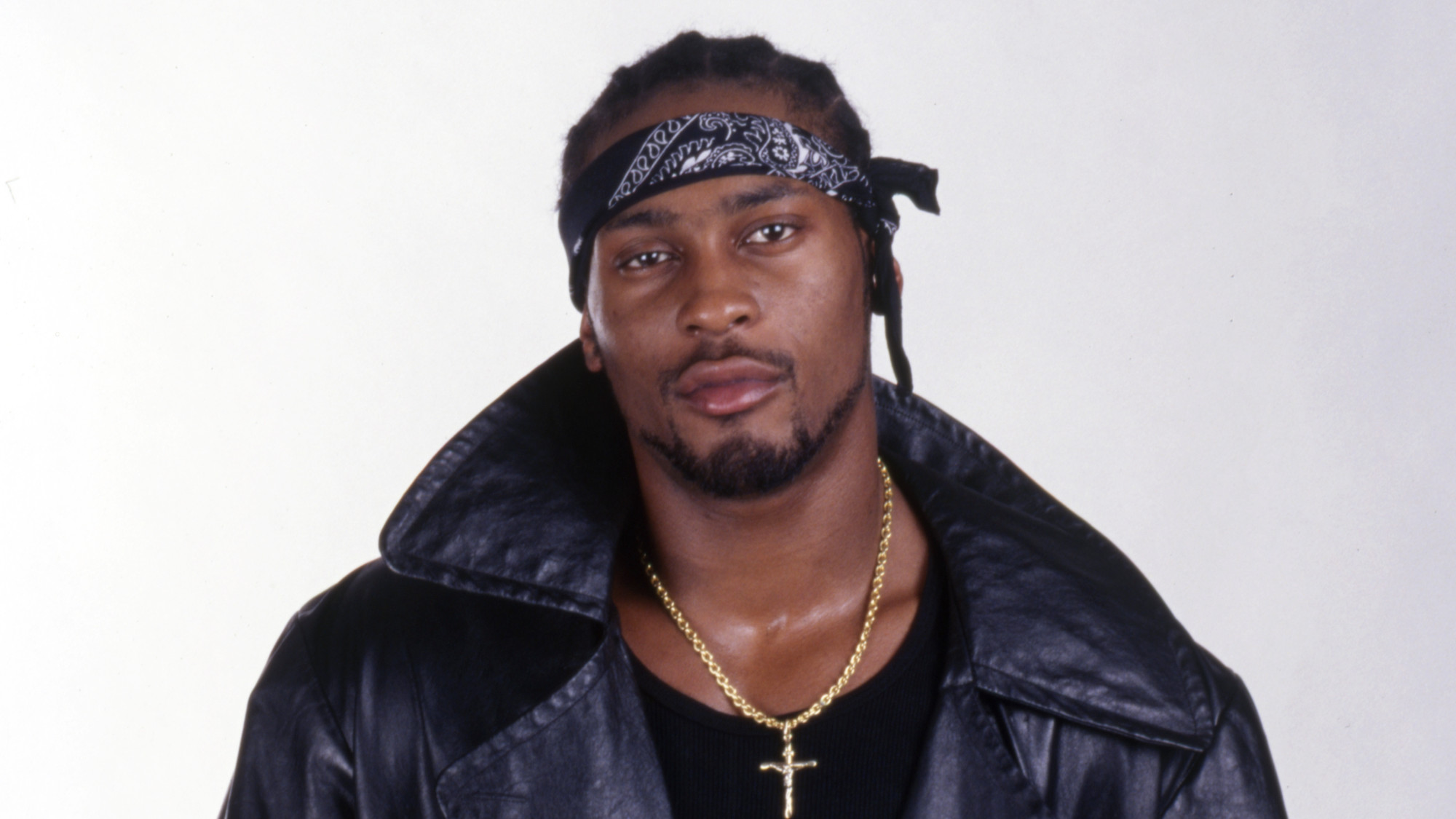 R&B singer D’Angelo
R&B singer D’AngeloFeature A reclusive visionary who transformed the genre
-
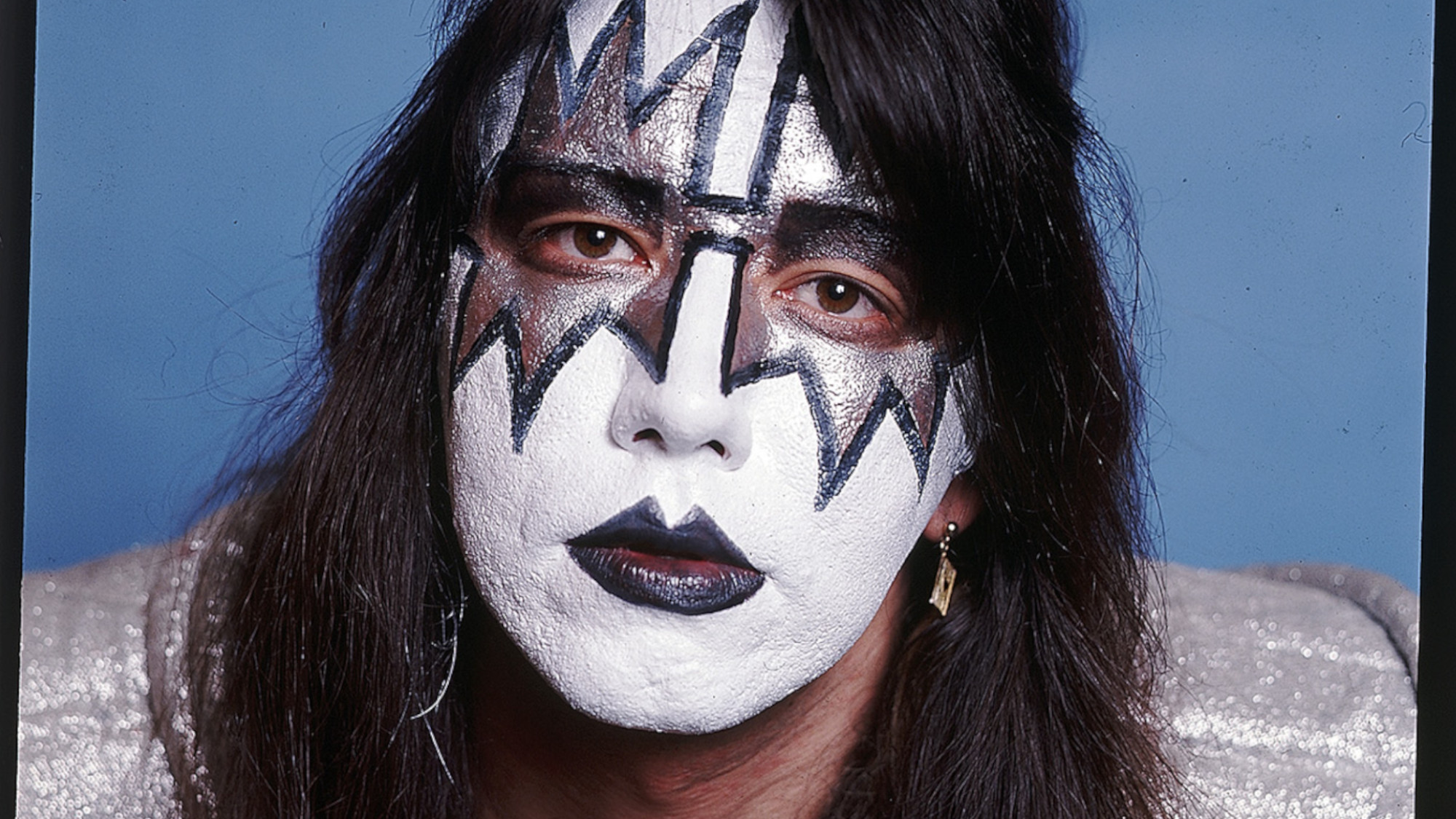 Kiss guitarist Ace Frehley
Kiss guitarist Ace FrehleyFeature The rocker who shot fireworks from his guitar
-
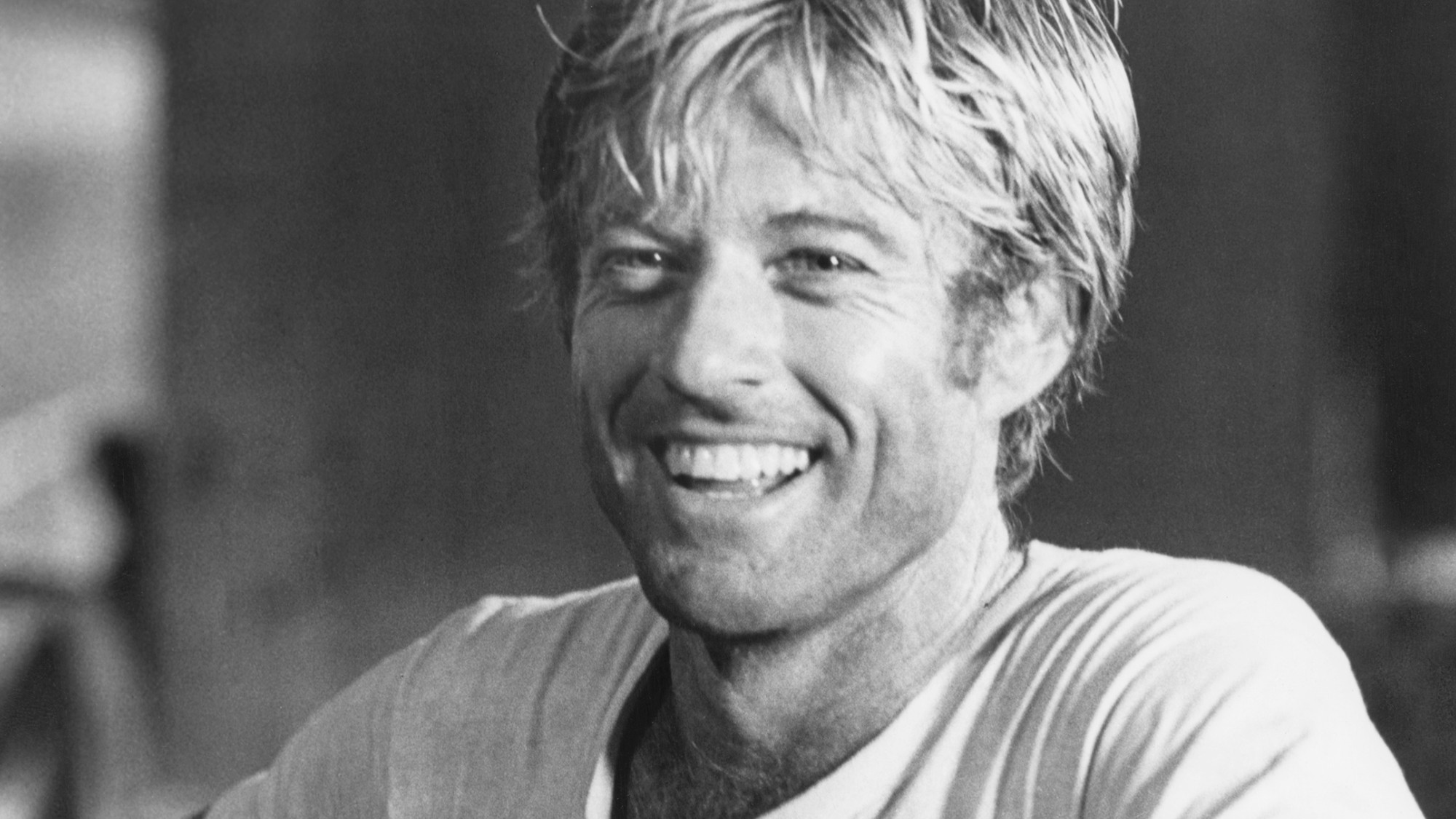 Robert Redford: the Hollywood icon who founded the Sundance Film Festival
Robert Redford: the Hollywood icon who founded the Sundance Film FestivalFeature Redford’s most lasting influence may have been as the man who ‘invigorated American independent cinema’ through Sundance
-
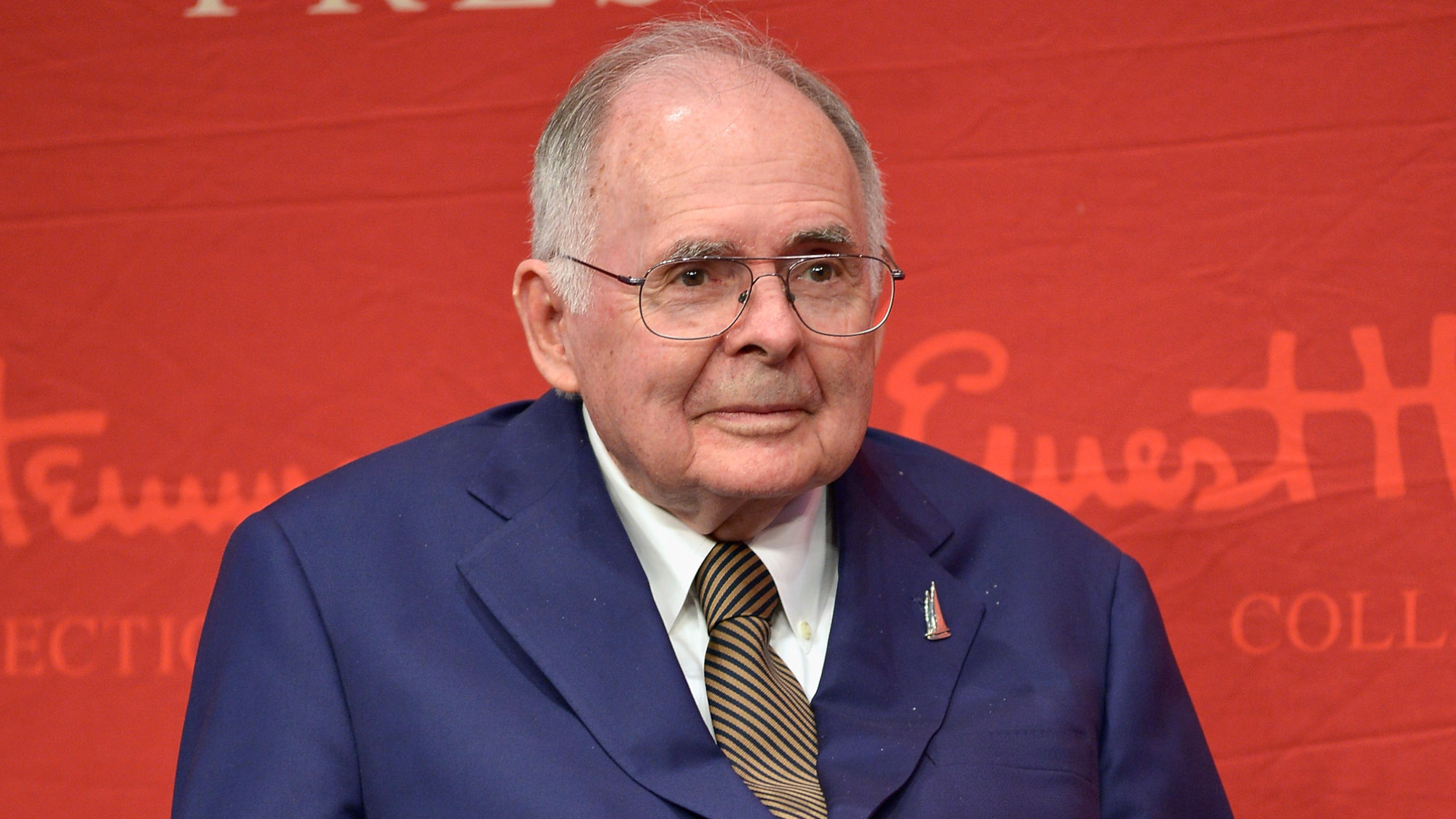 Patrick Hemingway: The Hemingway son who tended to his father’s legacy
Patrick Hemingway: The Hemingway son who tended to his father’s legacyFeature He was comfortable in the shadow of his famous father, Ernest Hemingway
-
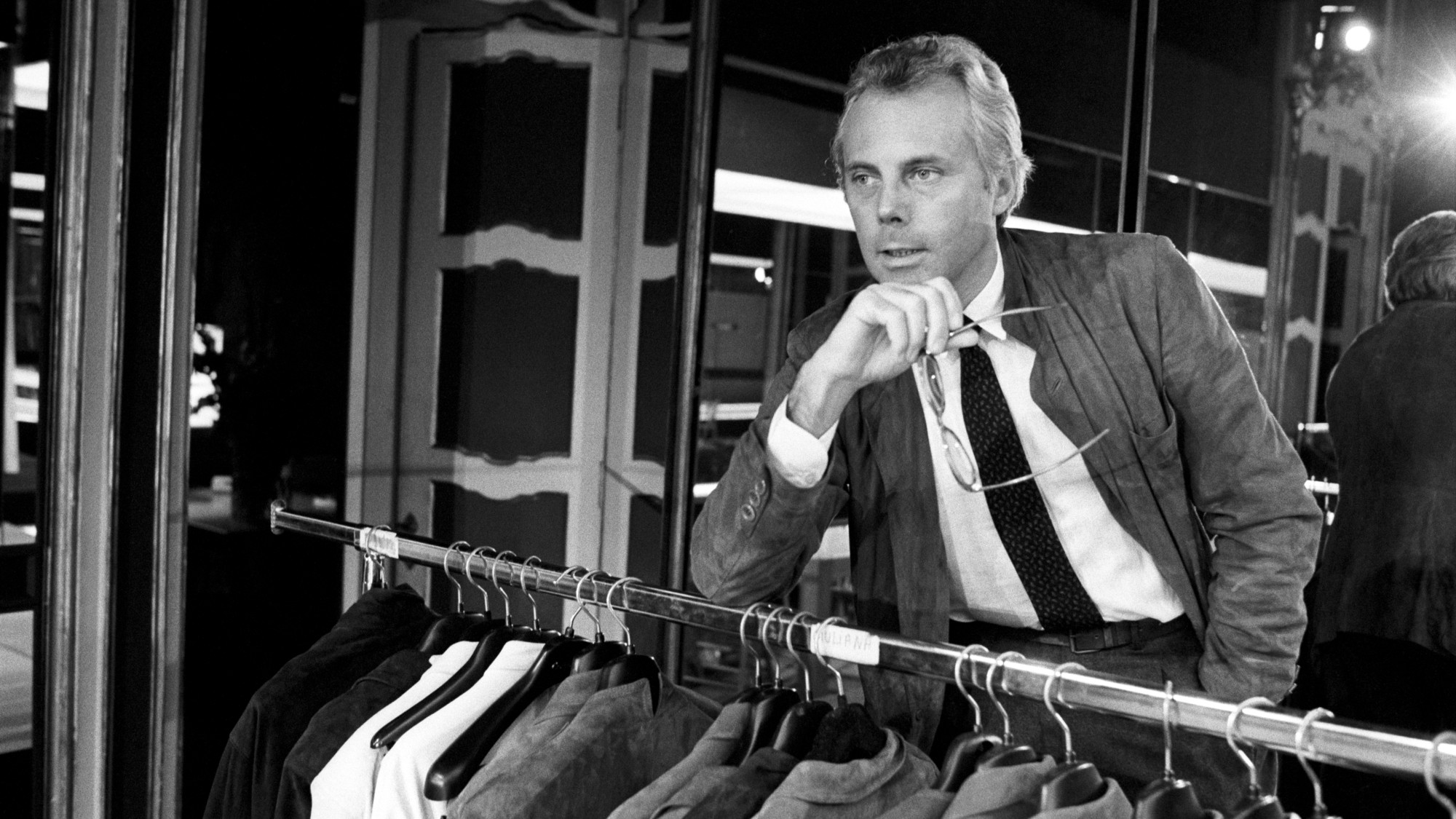 Giorgio Armani obituary: designer revolutionised the business of fashion
Giorgio Armani obituary: designer revolutionised the business of fashionIn the Spotlight ‘King Giorgio’ came from humble beginnings to become a titan of the fashion industry and redefine 20th-century clothing
-
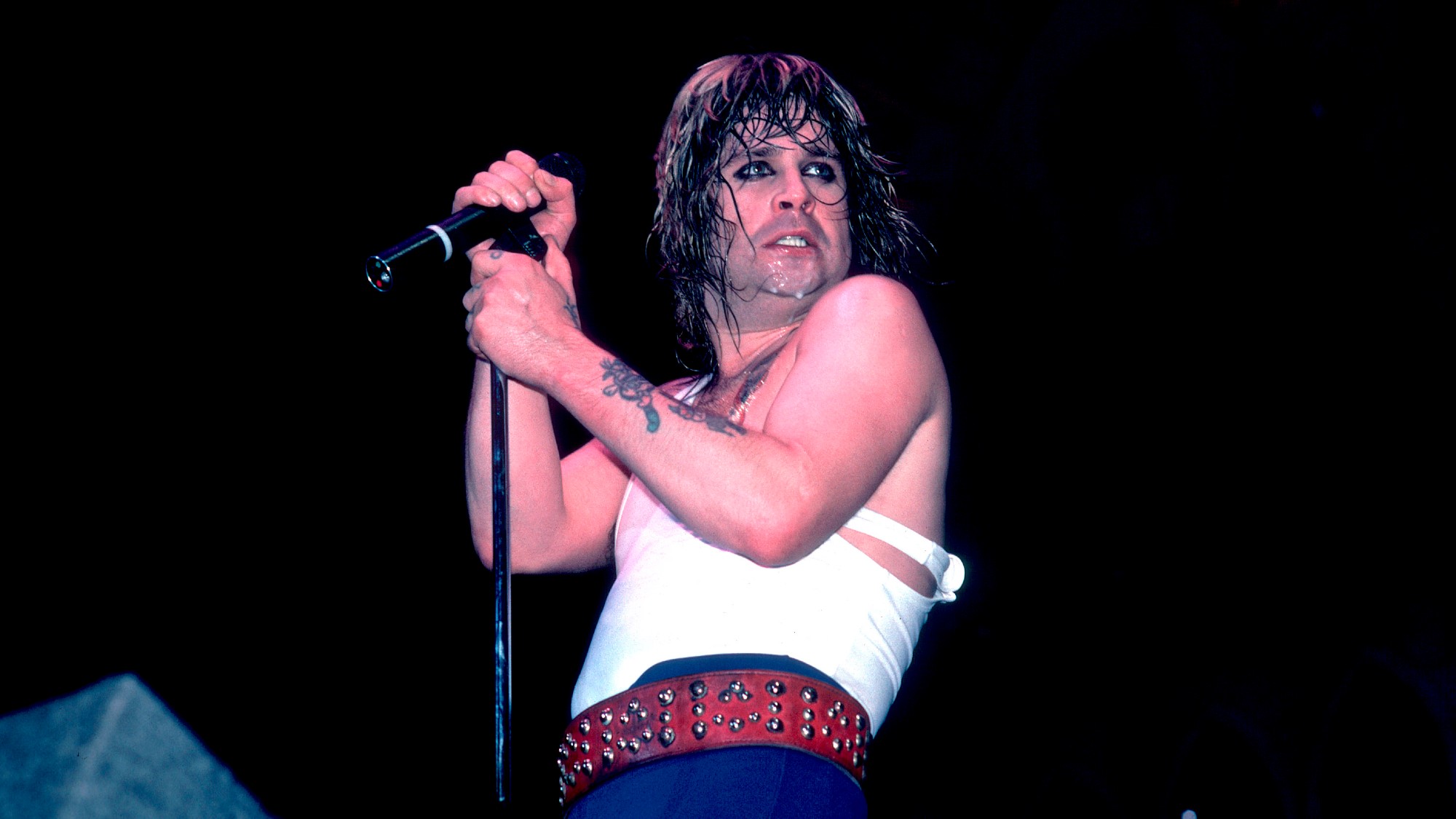 Ozzy Osbourne obituary: heavy metal wildman and lovable reality TV dad
Ozzy Osbourne obituary: heavy metal wildman and lovable reality TV dadIn the Spotlight For Osbourne, metal was 'not the music of hell but rather the music of Earth, not a fantasy but a survival guide'
-
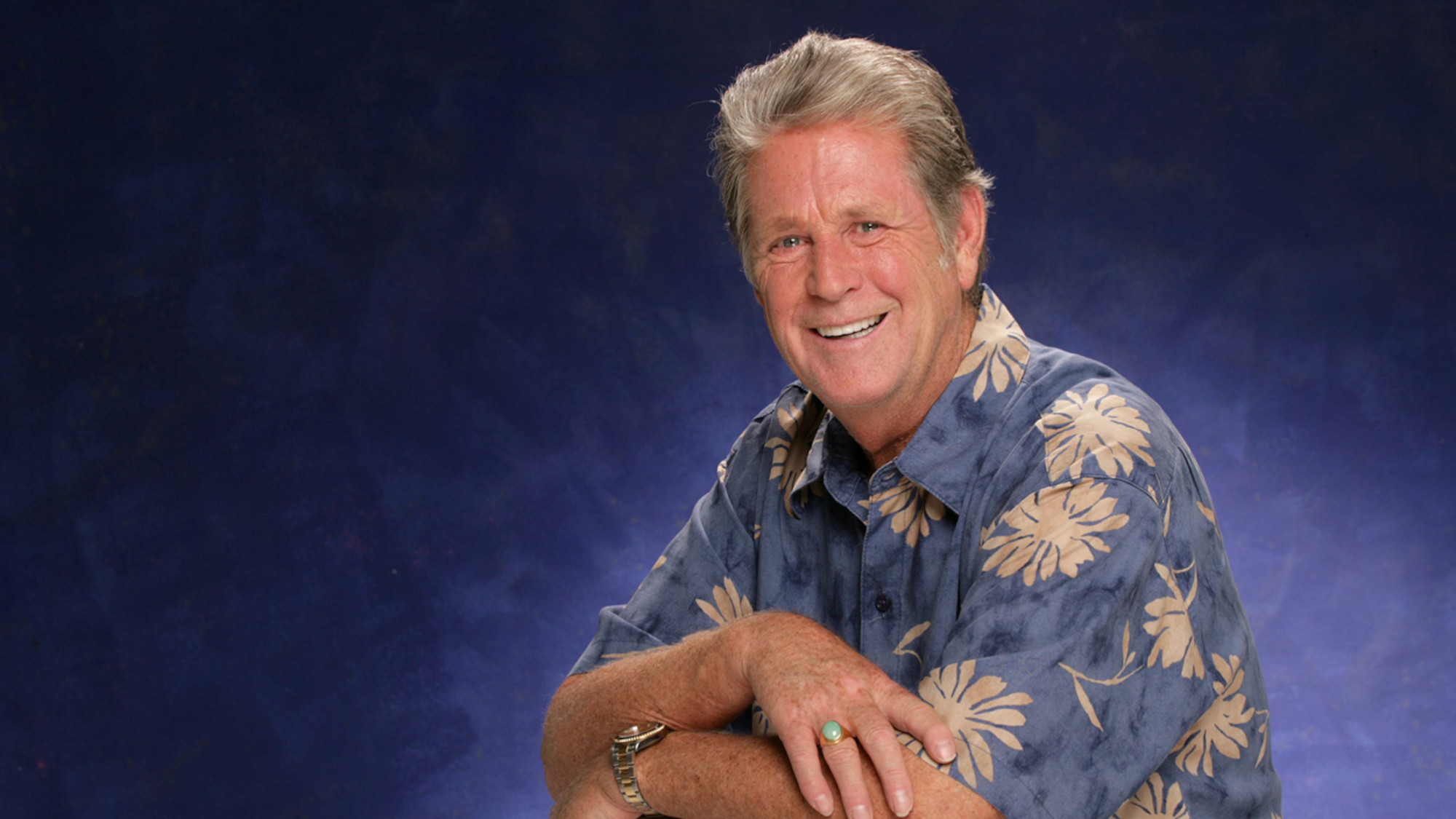 Brian Wilson: the troubled genius who powered the Beach Boys
Brian Wilson: the troubled genius who powered the Beach BoysFeature The musical giant passed away at 82
-
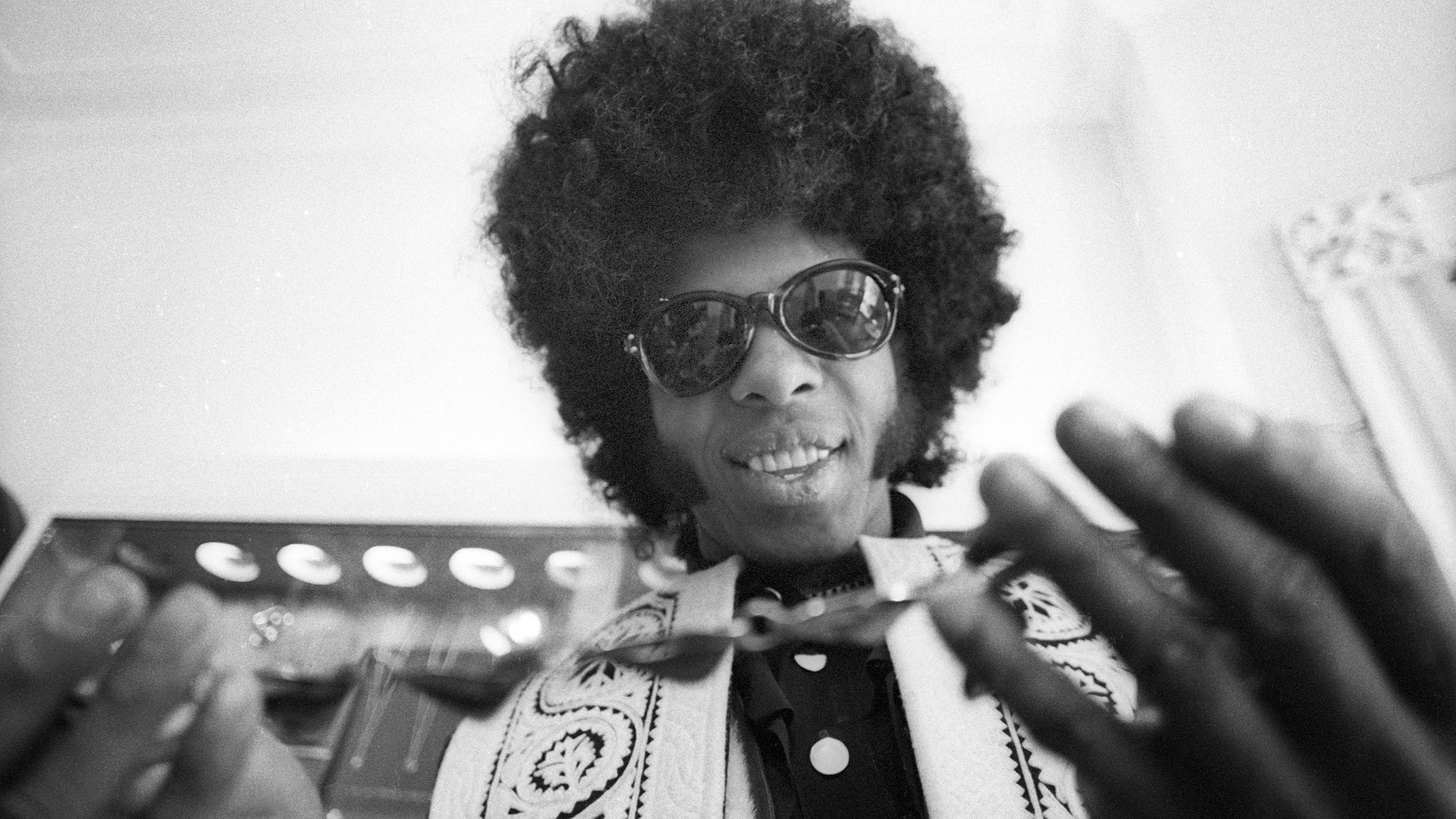 Sly Stone: The funk-rock visionary who became an addict and recluse
Sly Stone: The funk-rock visionary who became an addict and recluseFeature Stone, an eccentric whose songs of uplift were tempered by darker themes of struggle and disillusionment, had a fall as steep as his rise